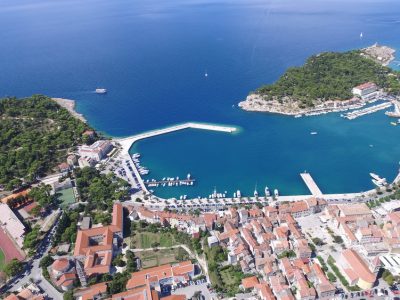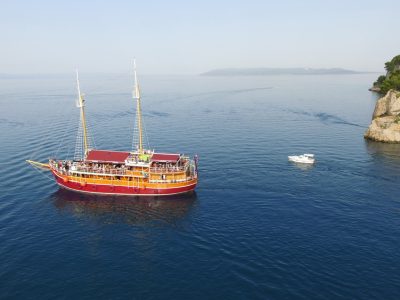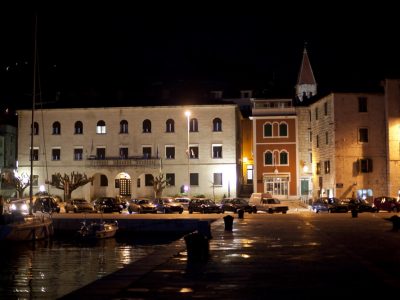Makarska
Makarska
Makarska
The town of Makarska developed in a natural harbor closed from the southeast by Cape Osejava, and from the northwest by the peninsula of Sveti Petar. In the last fifty years, it has expanded and merged with Veliki Brdo, Puharići, Batinići and Makro, settlements located below the mountain Biokovo. Today it is a tourist center with numerous hotels, villas and boarding houses, quality and diverse catering offer, rich entertainment, sports and cultural facilities.
Makarska is one of the most famous tourist destinations on the Croatian coast, attractive for its natural and climatic characteristics, diverse tourist offer and hospitable hosts.
Biokovo Nature Park is an interesting picnic area, suitable for more serious hiking tours, but also for getting to know the diverse flora and fauna taken care of by the management of the Nature Park, hunting societies and mountaineers. Makarska is connected to the island of Brač by ferry, and during the summer months by catamaran line and numerous excursion boats with other islands and towns.
Makarska is a coastal town located in the Split-Dalmatia County, at the foot of the mountain Biokovo. It has been an administrative, political, economic, cultural and educational center since ancient times, and a tourist center since the middle of the 20th century. Today it is a town with more than 15 thousand inhabitants, which includes the picturesque settlements under Biokovo: Veliko Brdo, Puharići, Kotišina and Makar, from which the name Makarska.
It is one of the most famous tourist destinations on the Croatian coast, attractive for its natural and climatic characteristics, diverse tourist offer and hospitable hosts. Sandy and pebble beach, it is almost 2 km long and is a recognizable symbol of Makarska.
The city is adorned with long promenades lined with pine trees where there are various tourist facilities, comfortable hotels, restaurants with gastronomic specialties, and entertainment for children and adults.
Makarska is located at the foot of the mountain massif Biokovo (1762 m) which protects from the penetration of the continental climate, and has lush Mediterranean vegetation, mild winters, long and warm summers with a refreshing mistral.












